Overview:
Interdisciplinary teaching and learning integrates knowledge and skills from various subjects, fostering deeper understanding and engagement. By connecting diverse disciplines, educators create meaningful learning experiences that encourage critical thinking, collaboration, and creativity. This holistic approach not only enhances student comprehension but also prepares learners for real-world challenges in an interconnected society.
According to Hannaford (1995), “the human qualities we associate with the mind can never exist separate from the body” (p. 11). Research has demonstrated that the brain is activated during physical activity, underscoring the essential role of movement in learning (Hannaford, 1995; Howard, 2000; Jensen, 2000a; Summerford, 2000; Wolfe, 2001). This perspective emphasizes that movement is integral to how we process information and develop cognitive skills.
This session focuses on a case study of rethinking teaching and learning through the innovative integration of Science and Movement Education. By blending these disciplines, we create a richer, more cohesive learning experience that allows students to visualize, understand and reinforce abstract scientific concepts. This interdisciplinary approach also addresses students’ misconception that subjects are isolated disciplines, promoting a more holistic understanding and application of knowledge.
Key Highlights:
- Interdisciplinary Approach: Discover how Movement Education offers engaging, hands-on experiences that enable students to visualize and actively demonstrate scientific concepts.
- Student-Centered Learning: Gain insights into students’ diverse learning needs, preferences, and abilities through data gathered from surveys and interviews, emphasizing the demand for interactive and kinesthetic learning environments.
- Collaborative Skills Development: Learn how this interdisciplinary learning not only enhances scientific comprehension but also fosters essential skills such as collaboration, communication, and creativity among students.
Takeaways: Participants will engage in practical activities that illustrate the process of designing a curriculum for interdisciplinary to take place, equipping them with actionable strategies to create interdisciplinary learning experiences in their classrooms. Attendees will be encouraged to rethink traditional teaching methods and adopt innovative strategies that enhance student engagement and understanding.
Target Audience: This presentation is tailored for educators, curriculum designers, and anyone passionate about engaging students through interdisciplinary learning.
Join us for an enlightening session that promotes a deeper appreciation for the interconnectedness of knowledge, ultimately preparing students for a more holistic educational experience.
February 2025 - 21CLHK
Job Role Applicability:
- Curriculum Director / Coordinator
- Science / STEAM Teacher
- Primary Teacher
- Physical Education Teacher
- 21st Century Skills
- Science
- Performing Arts
- Health & Physical Education
- Professional Learning
- Social Emotional Learning
Presentation
- Lower Elementary [Age 4 - 6]
- Upper Elementary [Age 8 - 10]
- Middle School [Age 11 - 13]






